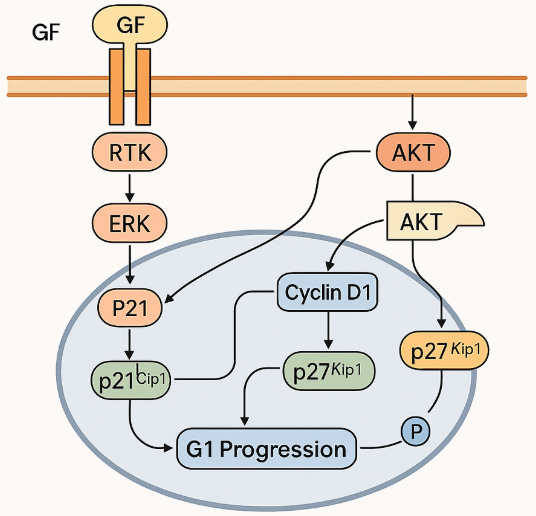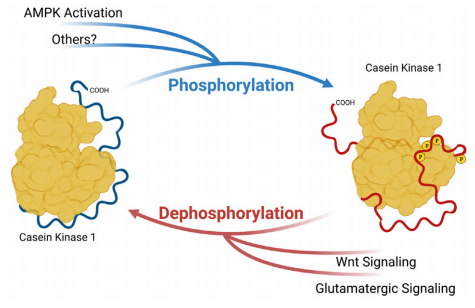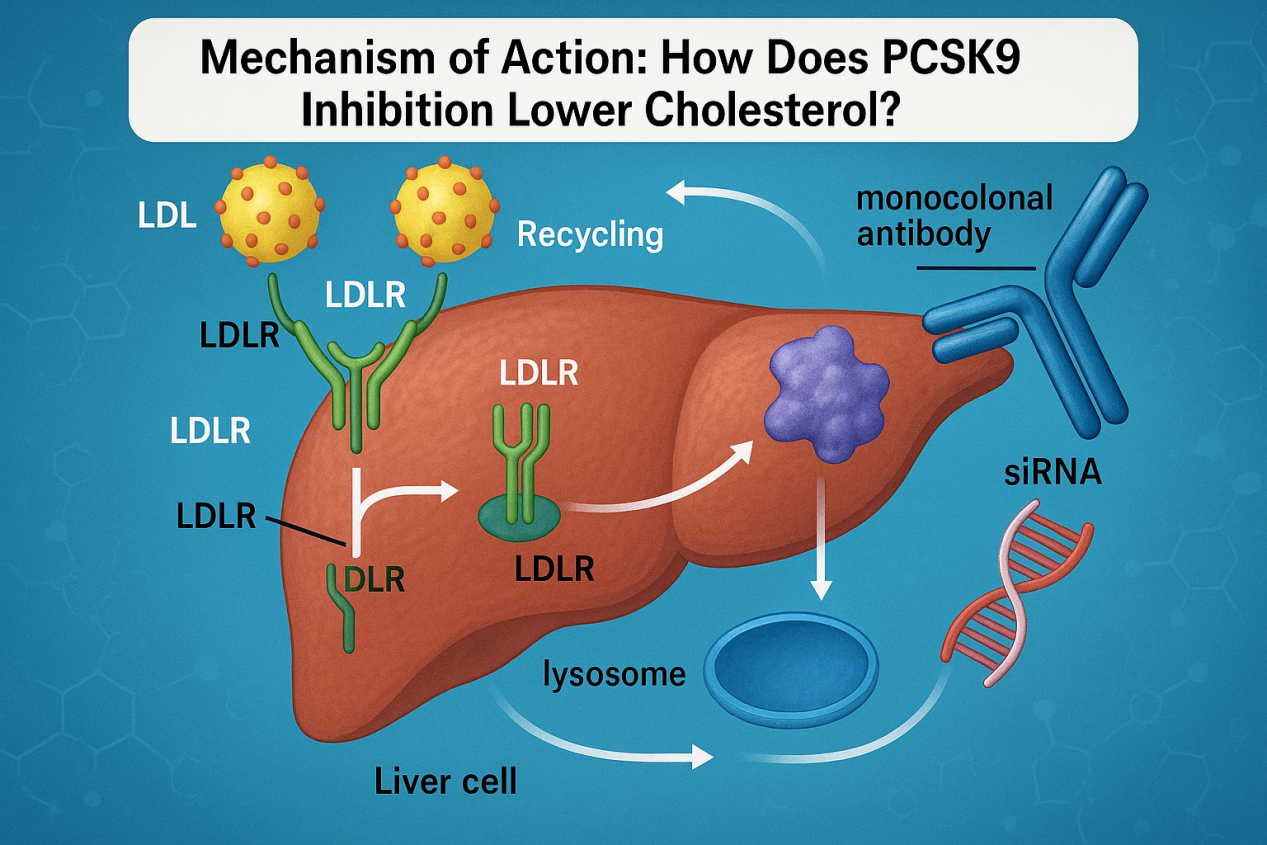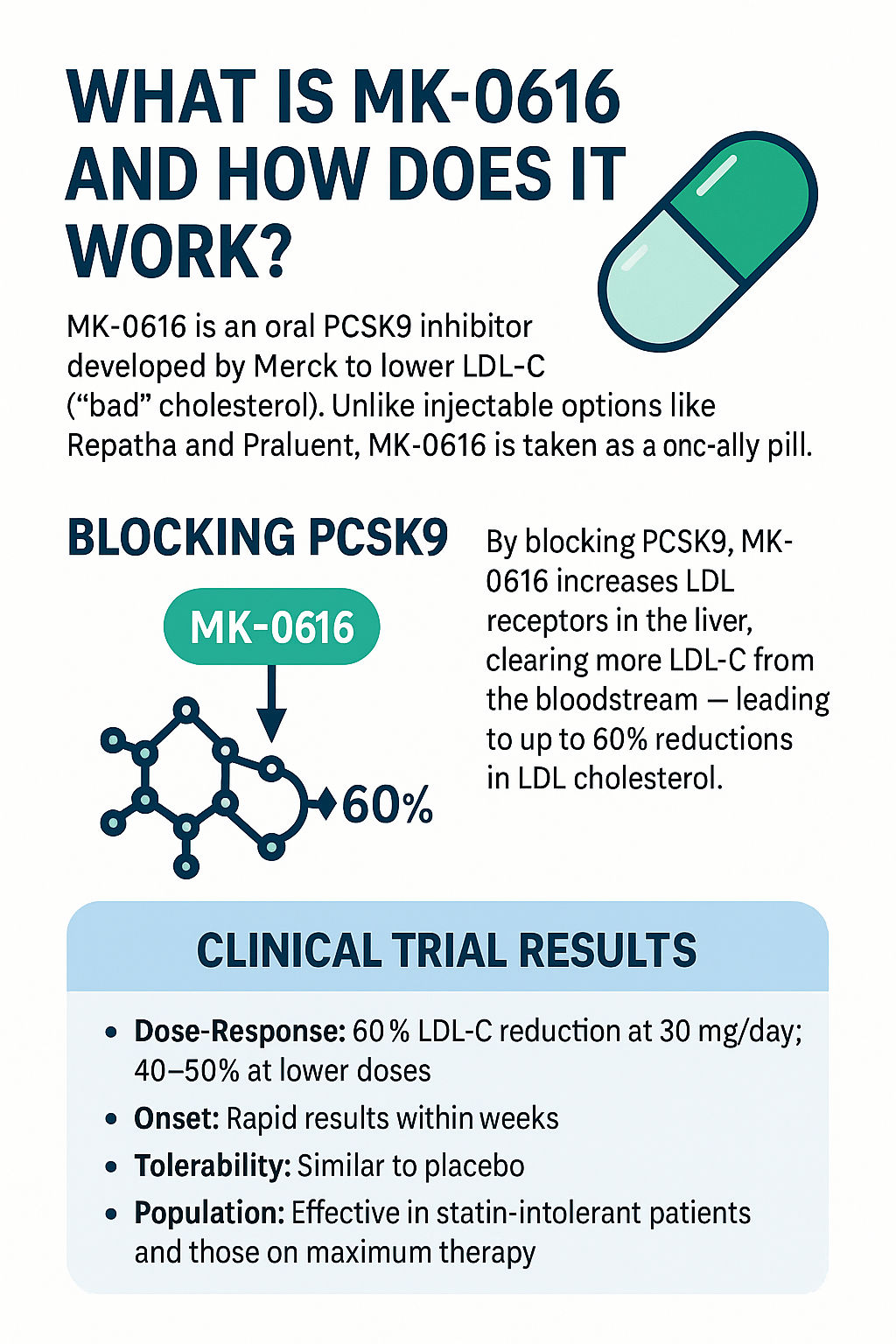Tetracycline: A Versatile Antibiotic Facing Modern Challenges and Innovations
Abstract
Tetracycline is a broad-spectrum antibiotic known for its effectiveness against a wide range of bacterial infections, including both Gram-positive and Gram-negative pathogens. Discovered over six decades ago, Tetracycline has remained a cornerstone in the treatment of various infections due to its proven clinical safety, acceptable tolerability, and availability in both intravenous and oral formulations. However, the emergence of antibiotic resistance presents significant challenges, limiting its clinical utility. This blog post provides an in-depth look at the mechanism of action of Tetracycline, explaining how it interferes with bacterial protein synthesis. It also explores the various resistance mechanisms that have developed over time, including efflux pumps, ribosomal protection, and enzymatic inactivation. Recent advancements in Tetracycline research have led to the development of new derivatives with improved efficacy against resistant strains, offering hope for future applications. Our company is at the forefront of providing high-quality Tetracycline and related chemicals, including impurities, metabolites, isotope-labeled compounds, and building blocks, to support advanced pharmaceutical and biochemical research. With our comprehensive product range and commitment to quality, we aim to facilitate innovative solutions in the fight against antibiotic-resistant infections.
Introduction to Tetracycline
Tetracycline is a broad-spectrum antibiotic that has been a critical tool in the fight against bacterial infections since its discovery. It was first identified in the late 1940s from a soil bacterium, and its introduction revolutionized the treatment of various infections. Tetracycline and its derivatives are effective against a wide range of bacteria, including Gram-positive and Gram-negative organisms, making it a versatile and widely used antibiotic.
Historically, Tetracycline was derived from the fermentation of Streptomyces aureofaciens, and it was marketed as Aureomycin. This discovery was followed by the identification of other tetracyclines, such as oxytetracycline and doxycycline, which have slightly different chemical structures but similar broad-spectrum activity. Over the years, these antibiotics have been used to treat numerous bacterial infections, including respiratory tract infections, urinary tract infections, skin infections, and sexually transmitted diseases.
Tetracycline works by inhibiting bacterial protein synthesis. It binds to the 30S ribosomal subunit, blocking the attachment of aminoacyl-tRNA to the mRNA-ribosome complex, thereby preventing the addition of new amino acids to the growing peptide chain. This mechanism effectively halts bacterial growth, making Tetracycline bacteriostatic rather than bactericidal.
Despite its efficacy, the widespread use of Tetracycline has led to the development of resistance. Bacteria have evolved various mechanisms to evade the effects of Tetracycline, including the production of efflux pumps that expel the antibiotic from the cell, ribosomal protection proteins that prevent Tetracycline from binding to the ribosome, and enzymatic inactivation. These resistance mechanisms have limited the clinical utility of Tetracycline, necessitating the development of new derivatives and alternative treatments.
In addition to its medical uses, Tetracycline has found applications in veterinary medicine and agriculture. It is used to treat bacterial infections in animals and as a growth promoter in livestock, though its use in agriculture has been scrutinized due to concerns about antibiotic resistance.
Our company is dedicated to providing high-quality Tetracycline and related compounds, including impurities, metabolites, isotope-labeled compounds, and building blocks, to support ongoing research and development in the pharmaceutical industry.
Mechanism of Action and Applications
Tetracycline’s primary mechanism of action involves inhibiting bacterial protein synthesis, a process essential for bacterial growth and replication. This antibiotic binds to the 30S subunit of the bacterial ribosome, obstructing the attachment of aminoacyl-tRNA to the mRNA-ribosome complex. By preventing the addition of new amino acids to the growing peptide chain, Tetracycline effectively halts bacterial protein synthesis, leading to a bacteriostatic effect. This means it inhibits the growth and multiplication of bacteria without necessarily killing them, allowing the host’s immune system to eliminate the infection.
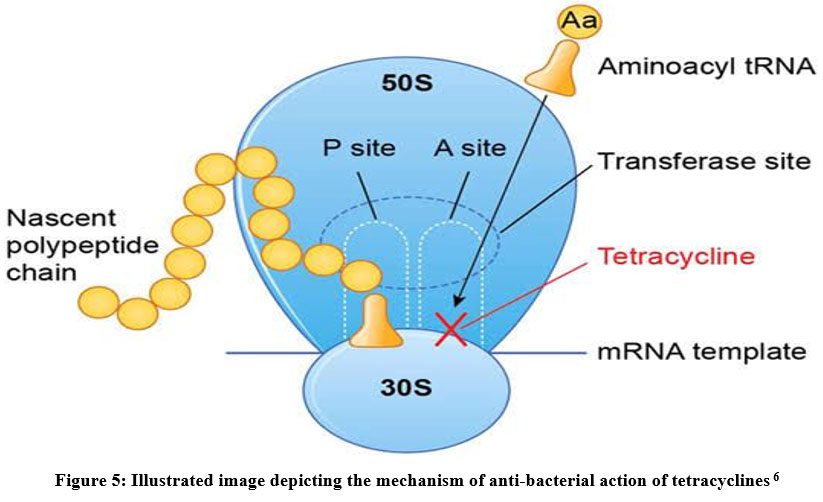
The broad-spectrum activity of Tetracycline makes it effective against a wide range of bacterial infections. It is used to treat respiratory tract infections such as pneumonia and bronchitis, urinary tract infections, skin infections including acne and rosacea, and sexually transmitted infections like chlamydia and gonorrhea. Additionally, Tetracycline is effective against certain atypical pathogens, such as Mycoplasma pneumoniae and Rickettsia species, which cause diseases like Rocky Mountain spotted fever and typhus.
Beyond its use in human medicine, Tetracycline is also employed in veterinary medicine to treat infections in animals. It is used to manage respiratory and gastrointestinal infections in livestock and poultry. In some cases, Tetracycline is administered to promote growth in animals, although this practice has become controversial due to concerns about the development of antibiotic resistance.
One of the significant advantages of Tetracycline is its availability in both oral and intravenous formulations, making it versatile for different clinical settings. Oral Tetracycline is commonly prescribed for outpatient treatment, while intravenous Tetracycline is reserved for more severe infections requiring hospitalization.
Despite its efficacy, the extensive use of Tetracycline has led to the emergence of resistant bacterial strains. Resistance mechanisms include the development of efflux pumps that expel Tetracycline from bacterial cells, mutations in ribosomal proteins that prevent Tetracycline binding, and enzymatic inactivation of the antibiotic. These resistance mechanisms necessitate ongoing research and the development of new Tetracycline derivatives to maintain its clinical utility.
Resistance Mechanisms and Challenges
The widespread use of Tetracycline over the past several decades has led to the development of various bacterial resistance mechanisms, posing significant challenges to its clinical efficacy. Resistance to Tetracycline can occur through several mechanisms, including efflux pumps, ribosomal protection proteins, and enzymatic inactivation.
One of the primary resistance mechanisms is the use of efflux pumps. These proteins, embedded in the bacterial cell membrane, actively expel Tetracycline from the cell, reducing its intracellular concentration and thereby diminishing its effectiveness. Efflux pumps such as Tet(A) and Tet(K) are commonly found in Gram-negative and Gram-positive bacteria, respectively. These pumps are encoded by genes that can be transferred between bacteria, facilitating the spread of resistance.
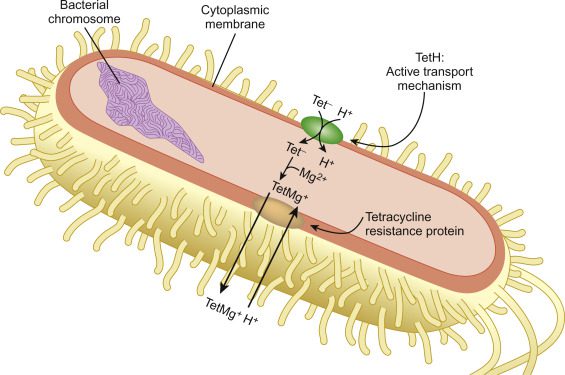
Ribosomal protection proteins (RPPs) represent another significant resistance mechanism. These proteins bind to the ribosome and induce conformational changes that prevent Tetracycline from binding to its target site. The most well-known RPPs include Tet(M) and Tet(O), which are prevalent in various bacterial species. These proteins protect the ribosome from Tetracycline’s inhibitory effects, allowing bacterial protein synthesis to continue unabated.
Enzymatic inactivation is a less common but notable resistance mechanism. Certain bacteria produce enzymes, such as Tet(X), that chemically modify Tetracycline, rendering it inactive. This mechanism involves the addition of a hydroxyl group to Tetracycline, which prevents it from binding to the ribosome and inhibiting protein synthesis.
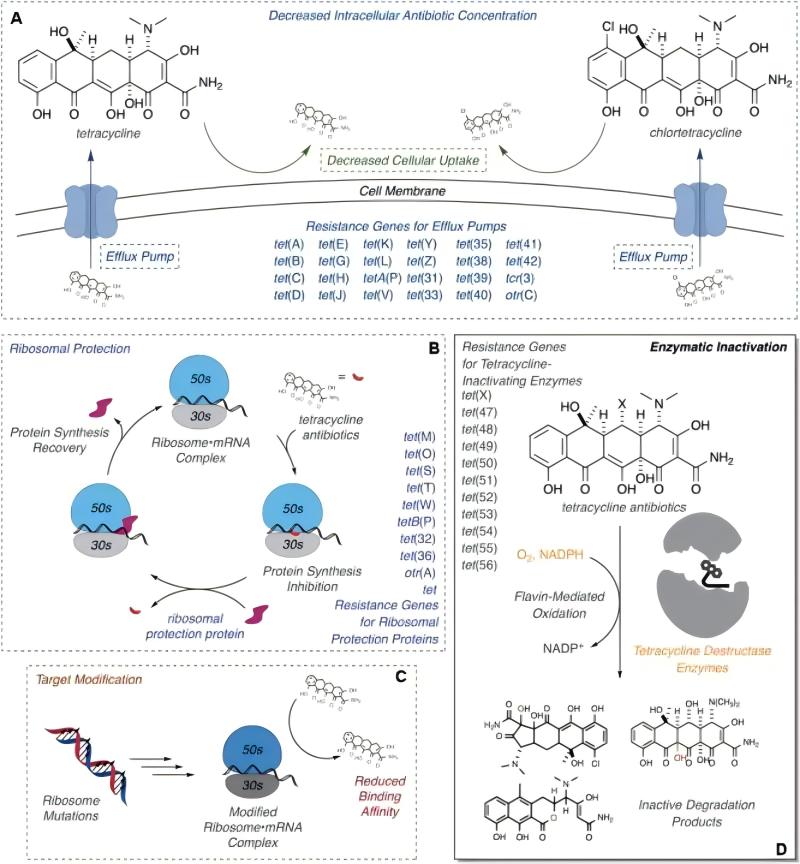
The rise of Tetracycline resistance has significantly limited its clinical utility, necessitating the development of new derivatives and alternative antibiotics. Recent research has focused on modifying the Tetracycline molecule to overcome resistance mechanisms. For example, the development of glycylcyclines, such as tigecycline, has shown promise in circumventing efflux pump and ribosomal protection protein-mediated resistance.
Advances in Tetracycline Research
Recent advancements in Tetracycline research have focused on overcoming resistance mechanisms and improving the antibiotic’s efficacy. Scientists are exploring various chemical modifications and developing new derivatives to address the challenges posed by bacterial resistance. These efforts aim to enhance the drug’s potency, spectrum of activity, and pharmacokinetic properties.
One of the most significant advancements is the development of glycylcyclines, a new class of antibiotics derived from Tetracycline. Tigecycline, the first glycylcycline approved for clinical use, exhibits potent activity against a wide range of multidrug-resistant (MDR) pathogens, including those resistant to traditional Tetracyclines. Tigecycline is effective against Gram-positive and Gram-negative bacteria, anaerobes, and atypical pathogens, making it a valuable option for treating complicated infections.
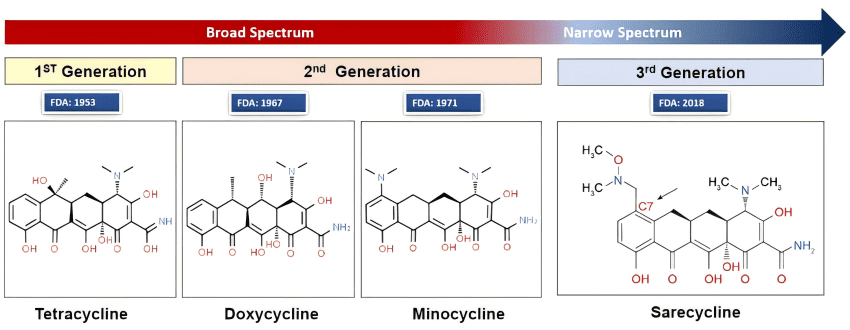
Another promising area of research involves the synthesis of fluorocyclines. These synthetic derivatives of Tetracycline have shown improved efficacy against resistant bacterial strains. For instance, Eravacycline, a fully synthetic fluorocycline, has demonstrated potent in vitro and in vivo activity against MDR pathogens, including carbapenem-resistant Enterobacteriaceae and Acinetobacter species. Eravacycline’s broad-spectrum activity and favorable pharmacokinetic profile make it a strong candidate for treating severe infections.
Researchers are also exploring the potential of Tetracycline-based therapies in non-traditional applications. Studies have investigated the use of Tetracyclines as anti-inflammatory agents and their role in treating conditions like acne, rosacea, and certain autoimmune diseases. The ability of Tetracyclines to inhibit matrix metalloproteinases has opened new therapeutic avenues, particularly in chronic inflammatory diseases.
Moreover, novel delivery systems are being developed to enhance the bioavailability and targeted delivery of Tetracycline antibiotics. Liposomal formulations and nanoparticle-based delivery systems aim to improve the therapeutic index and reduce side effects, making Tetracyclines more effective and safer for clinical use.
Conclusion
Tetracycline has long been a cornerstone in the treatment of bacterial infections due to its broad-spectrum activity and proven clinical safety. However, the widespread emergence of resistance mechanisms has posed significant challenges to its continued efficacy. Efflux pumps, ribosomal protection proteins, and enzymatic inactivation have all contributed to the reduced effectiveness of this once-reliable antibiotic. Despite these challenges, significant advancements in Tetracycline research have been made, including the development of new derivatives such as glycylcyclines and fluorocyclines. These innovations have shown promise in overcoming resistance and expanding the clinical applications of Tetracycline.
Additionally, novel delivery systems and non-traditional therapeutic applications are being explored to enhance the utility of Tetracycline-based treatments. As research progresses, the potential for Tetracycline to remain a vital tool in the fight against bacterial infections continues to grow. Our company is committed to supporting these advancements by providing high-quality Tetracycline and related products, including impurities, metabolites, isotope-labeled compounds, and building blocks. We aim to facilitate ongoing research and development efforts in the pharmaceutical industry, contributing to the global endeavor to combat antibiotic resistance and develop innovative therapeutic solutions. Contact us today to learn more about our products and how we can support your research needs.

